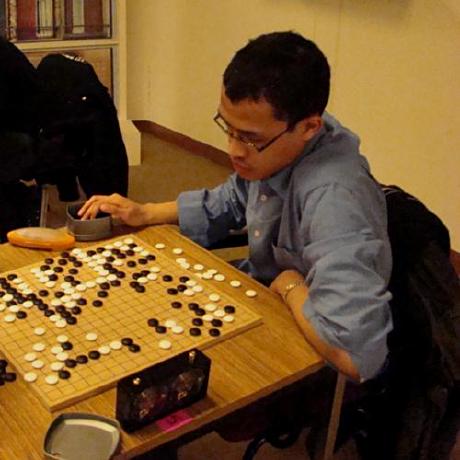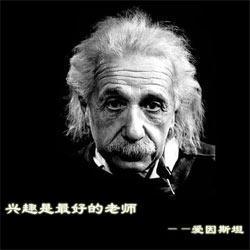Discover and explore top open-source AI tools and projects—updated daily.
umap by  lmcinnes
lmcinnes
Dimension reduction technique for visualization and general non-linear reduction
Top 6.5% on SourcePulse
UMAP (Uniform Manifold Approximation and Projection) is a powerful dimension reduction technique for visualization and general non-linear dimensionality reduction. It's designed for users needing to explore high-dimensional data, offering a faster and often more globally representative alternative to t-SNE, with added capabilities like density preservation and supervised learning.
How It Works
UMAP models data with a fuzzy topological structure, aiming to find a low-dimensional projection that closely matches this structure. It leverages Riemannian geometry and fuzzy simplicial sets, with performance optimized by the numba library and the optional pynndescent library for nearest neighbor searches. This approach allows UMAP to preserve both local and global data structure effectively.
Quick Start & Requirements
- Install:
pip install umap-learnorconda install -c conda-forge umap-learn. - Requirements: Python 3.6+, numpy, scipy, scikit-learn, numba, tqdm, pynndescent. Optional: matplotlib, datashader, holoviews for plotting; tensorflow for Parametric UMAP.
- Setup: Installation is straightforward via conda or pip. Performance is enhanced with
pynndescent. - Docs: https://umap-learn.readthedocs.io/
Highlighted Details
- Significantly faster than t-SNE, scaling well with high-dimensional and large datasets.
- Supports various distance metrics, including cosine and correlation.
- Offers
densMAPfor preserving local density and Parametric UMAP for neural network-based transformations. - Can be used as a scikit-learn transformer, supporting
transformfor new data and supervised/semi-supervised learning.
Maintenance & Community
The project is actively maintained by Leland McInnes and contributors. Community support is available via GitHub Issues.
Licensing & Compatibility
- License: 3-clause BSD.
- Compatibility: Permissive license allows for commercial use and integration into closed-source projects.
Limitations & Caveats
While UMAP is robust, the densMAP variant recommends larger n_neighbors (e.g., 30) for reliable density estimation. Parametric UMAP is noted as experimental.
1 week ago
1 day

 m1guelpf
m1guelpf enjalot
enjalot edoliberty
edoliberty baidu
baidu tianyic
tianyic treverhines
treverhines ThanatosShinji
ThanatosShinji Wilson-ZheLin
Wilson-ZheLin mratsim
mratsim hustvl
hustvl shunliz
shunliz chroma-core
chroma-core